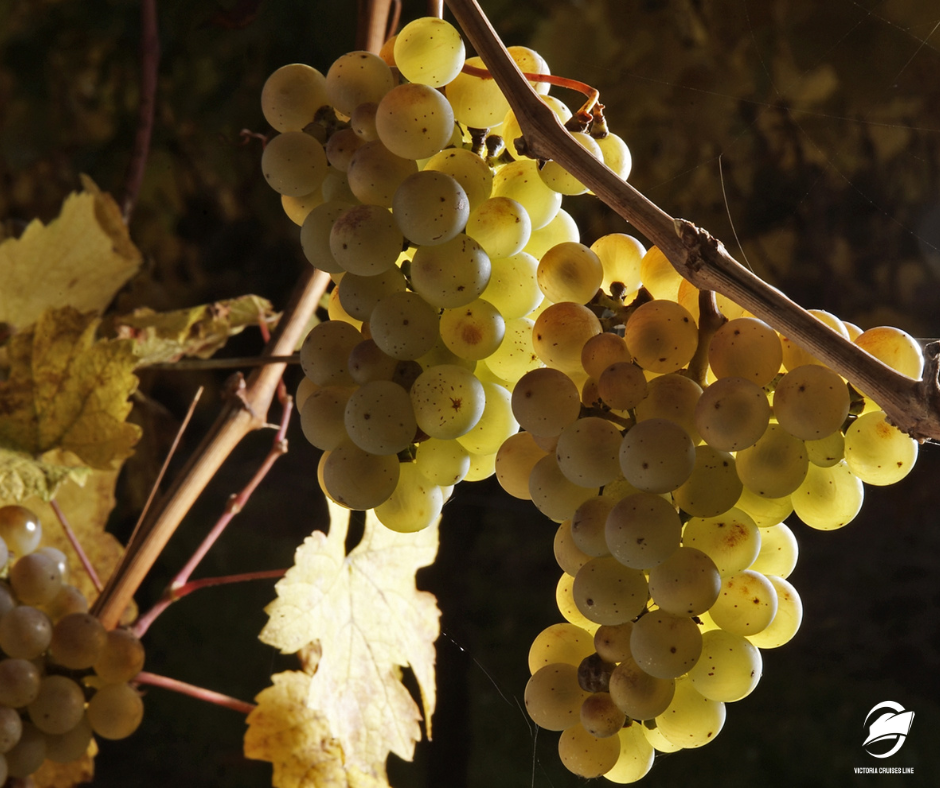Croatia not only captivates visitors with its stunning Adriatic coastline and historic towns but is also becoming increasingly renowned among lovers of fine wines. The country’s diverse regions offer a rich wine culture, from the verdant hills of the north to the arid Mediterranean coast and the unique terroirs of its islands. Croatia holds a special place in the world of wine. From the Slavonian plains to the remote Dalmatian islands, the country boasts 130 indigenous grape varieties. Although small, Croatia is remarkable for its geographical and climatic diversity, which has fostered these unique grape varieties, found in very few places globally. It’s no surprise that Croatian wines have recently started gaining recognition alongside those of France, California, Chile, and Germany.

History and Wine Culture
Croatia’s winemaking traditions date back thousands of years, first shaped by the Greeks and Romans. Over time, the industry evolved, with native grape varieties like Plavac Mali, Malvazija, and Graševina becoming iconic in Croatian viticulture. During the Yugoslav era, mass production dominated, but after gaining independence, Croatia shifted its focus back to high-quality winemaking. Today, winemakers combine traditional techniques with the unique characteristics of their terroirs to produce wines of global acclaim.

Major Wine Regions and Grape Varieties
• Istria: Located in the northwest, Istria is famous for its Malvazija grapes, which produce fresh, fruity, and slightly mineral white wines. The region also offers excellent reds, such as Merlot and Teran.
• Dalmatia: Situated along the southern coastline, Dalmatia is known for its distinctive red wines, thanks to its Mediterranean climate. Plavac Mali is the most common grape here, and many exceptional wines, including the renowned Dingač, are made from it. Dalmatian wines are often full-bodied, rich, and characterful.
• Slavonia: In continental Croatia, Slavonia is celebrated for its Graševina (Welschriesling) grapes, which yield fresh, fruity white wines. The region’s climate is ideal for cultivating white grapes, leading to an increasing number of outstanding dry and sweet white wines.

In Croatia, the majority of wine production is dedicated to white wines (67%), while red wines account for 32%. In the inland, continental regions, silky and sweet white wines dominate, whereas along the coastline, robust reds prevail.
Many wineries across Croatia produce unique wines, such as Kozlović Winery’s Malvazija in Momjan, Istria, or Zlatni Plavac („Golden Blue”) from Plenković Winery on Hvar. Numerous wineries welcome visitors to experience the winemaking process and enjoy wine tastings. Popular locations include Motovun and Poreč in Istria, as well as Hvar and Pelješac in Dalmatia. These places offer a glimpse into Croatia’s winemaking traditions and provide tastings of wines that stand out due to their local grape varieties and unique terroirs.

In Croatia, wine-tasting experiences are often paired with local delicacies such as pršut (dried ham), cheeses, and olives, which complement the wines perfectly. Many wineries also offer their own olive oils, which enhance the wine-tasting experience. Istrian and Dalmatian wines pair particularly well with seafood, while Slavonian wines are best enjoyed with local game dishes.
TIP: Sunset Wine Tasting at Panorama Point
• Dubrovnik Sightseeing Food and Wine Tour

The world of Croatian wine is a true treasure trove waiting to be discovered by wine enthusiasts. Thanks to the country’s unique climatic and soil conditions, you’ll find everything from light, fruity whites to complex, full-bodied reds. A wine tour through Croatia offers not only a colorful spectrum of flavors but also insights into the nation’s history, culture, and hospitality. If you’re looking for a wine-filled adventure, Croatia is the perfect destination.


